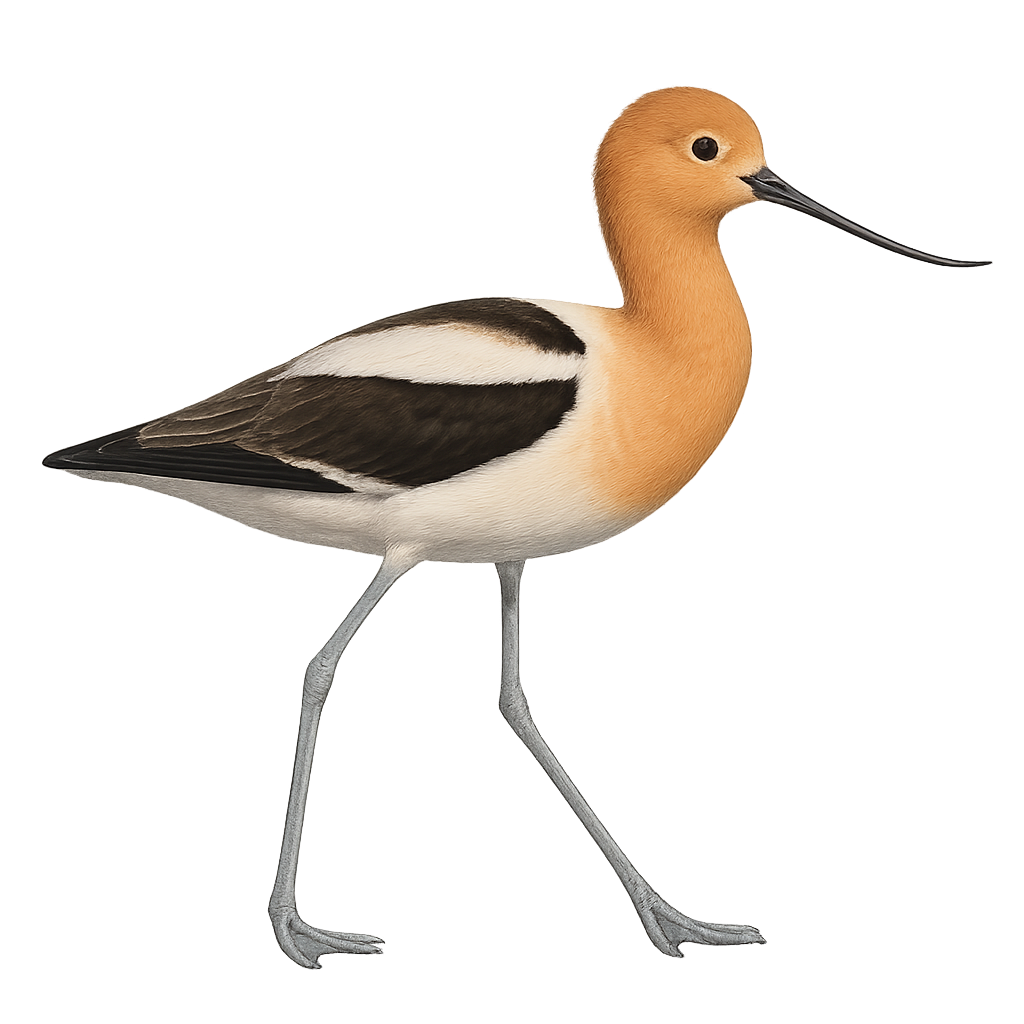Your wildlife photography guide.
Explore the american avocet in detail, study its behavior, prepare your shots.
Where to observe and photograph the american avocet in the wild
Learn where and when to spot the american avocet in the wild, how to identify the species based on distinctive features, and what natural environments it inhabits. The WildlifePhotographer app offers tailored photography tips that reflect the american avocet’s behavior, helping you capture better wildlife images. Explore the full species profile for key information including description, habitat, active periods, and approach techniques.
American Avocet
Scientific name: Recurvirostra americana

IUCN Status: Least Concern
Family: RECURVIROSTRIDAE
Group: Birds
Sensitivity to human approach: Tolerant
Minimum approach distance: 10 m
Courtship display: April to June
Incubation: 22-25 jours
Hatchings: May to July
Habitat:
Marshes, shallow ponds, muddy shores
Activity period :
Primarily active during the day, with peak activity in the morning and late afternoon.
Identification and description:
The American Avocet is an elegant and distinctive bird, recognizable by its contrasting black and white plumage and its long, upward-curved bill. It primarily frequents wetlands, such as salt marshes, shallow ponds, and muddy shores. This bird is often seen sweeping the water's surface with its bill to capture aquatic invertebrates. During the breeding season, avocets form colonies and build their nests on the ground, often on islets to protect against predators. Their social behavior is fascinating, with complex courtship displays and aggressive defense of their territory. Although their population is stable, habitat destruction remains a potential threat.
Recommended lens:
400 mm – adjust based on distance, desired framing (portrait or habitat), and approach conditions.
Photography tips:
To photograph the American Avocet, prioritize the golden hours of morning or evening for soft, flattering light. Use a telephoto lens of 400mm or more to capture details without disturbing the bird. Approach slowly and stay low to avoid startling the avocet. Wetlands often provide interesting reflections, so try to include water in your compositions. Be patient and wait for the bird to adopt an elegant posture or interact with other avocets for dynamic shots.
The WildlifePhotographer App is coming soon!
Be the first to explore the best nature spots, track rutting seasons, log your observations, and observe more wildlife.
Already 1 432 wildlife lovers subscribed worldwide

